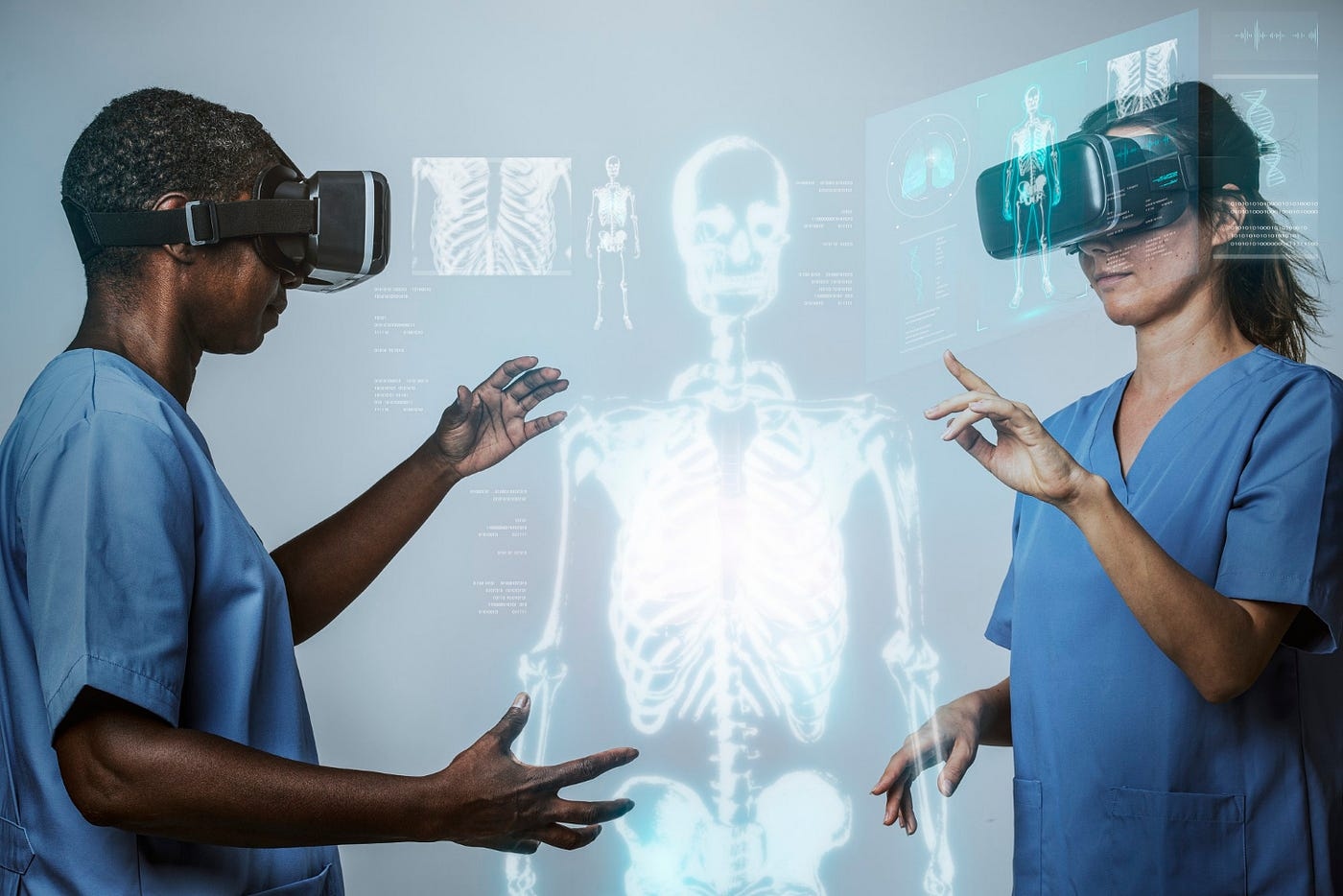
Internet of Things (IoT): Four Ways it will impact Health
My vision of a digital health revolution is in four parts, those being:
- Access to information (the internet age)
- Access to each other (the socialised internet)
- Access to ourselves (the rise of quantified self, expressed through mobile and wearable health technology)
- Access to everyone (the subsequent development and application of big data)
What is interesting is that it is really a revolution in five parts, the final one is not as noisy as the previous four. It could even be called silent, but there is good reason to believe it will be the most important for the future of medicine, healthcare and well-being. This is the connectivity to everything.
This connectivity is popularly termed as The Internet of things (IoT), and in a very real sense it could bring the whole digital health revolution together. In simple terms, IoT is connecting the physical world around us to the virtual world of the Internet. By the physical world, we mean home appliances, such as a coffee machine or thermostat; cars, industrial machinery, buildings, bicycles, plants, animals, medical devices and of course the human body.
Even though this concept is straightforward, the scope and impact of this development is complex and numerous other terms have been coined to describe the phenomenon. Some of these include Machine to Machine Communication (M2M), ubiquitous computing, smart services and most recently the Industrial Internet. Perhaps the truth is that no single term fully describes what is happening, therefore we create new terminology to make sense of it in our own context.
Putting the name to one side, the opportunity to connect human beings with all the objects that could positively or negatively affect their health offers advances in improved quality of life, chronic disease management and life-saving interventions that will truly transform the capacity of digital technology to impact healthcare at scale. Firstly, let’s look at the basic eco-system that constitutes IoT:
The IoT Ecosystem
The IoT ecosystem can seem very complex and confusing, especially for those who don’t work in technology businesses. In truth, even if you do work in technology, IoT has many challenges and problems regarding interoperability of networks (for example the world wide web made sense of the internet and gave people a common platform within which to work). Therefore, rather than focussing on the vast ecosystem of sensors, objects and devices it is easier to start by understanding the three major components that make up the IoT ecosystem:
Data Acquisition:
This is essentially the device or hardware component, where data is being collected from various sensors before it is sent to the network. Within health, this has historically been quite basic, such as activity measured through movement with smartphones or wearable devices such as Jawbone UP or FitBit. However, devices are becoming much more sophisticated with measures such as heart rate, blood pressure, blood oxygen and specific disease measures such as glucose levels about to enter the mainstream (see my recent post on Apple Watch).
Data Transportation:
This is simply how data is sent from the device, sensor or object for collection through a network. Technically this can be wired or wireless but in reality the development of ubiquitous wireless networks is driving the development of IoT. These wireless networks can be categorized as cellular, satellite and WiFi for wide range communication and Bluetooth, ZigBee and RFID for short-range communication.
Data Analysis:
This is where all the data that is collected from devices, objects and sensors is transported over a network and is collated, interrogated, and interpreted, triggering either a response or an alert to a human being. This is a significant area of innovation as big data and real time analytics is a real point of differentiation for those looking to develop connected health IoT solutions in healthcare, where the analysis has to be extremely accurate and safe when designed for patient care.
IoT’s Application in Healthcare
So how can IoT be utilised to improve healthcare? In truth the potential uses for connected technology in health are vast. However, we can loosely group the most prominent applications of IoT for health into four main categories:
1. Health & Well-being
Healthcare is moving from a focus on illness to a focus on wellness, and therefore disease prevention. The most prominent examples are wearable devices that track basic activity through to more advanced technology that can measure breath patterns, skin conductance, ambient light and skin temperature. Apple recently launched their smartwatch nd it points the way to a world of even greater sophistication with even non-invasive blood-glucose measurement a possibility in the near future. This information can be utilised by bespoke applications and linked through support programmes into HCP and EHR/ EMR (electronic health/ medical record) and can even be used as part of a clinical trial through ReasearchKit (read about ResearchKit and pharma here).
Already we can track and monitor our babies’ vital signs as they sleep through a patch and by using a smart nappy, analyse urine, check hydration levels and identify signs of a urinary tract infection. A connected and gamified toothbrush can motivate and inspire improved dental health for the family and for the older generation smart monitoring systems can allow independence into old age: monitoring activity, analysing behaviour and detecting problems such as a fall, automatically alerting carers and medical services.
2. Patient Support
One of the obvious opportunities is the ability to better support patients and their families who are managing a medical condition and taking medication. This opportunity would seem especially true when in the context of the challenge of chronic disease and an aging population. Some early developments such as electronic pill dispensers can remind you to take your medicine and help simplify complex medication regimens, alerting both the patient and carer (http://my-ubox.com http://www.medminder.com ). This has spurred management interventions such as electronic bottle caps that can measure the volume of tablets or liquid left in a bottle and alert the patient when it is time to take medication (http://adheretech.com http://www.vitality.net ). More sophisticated interventions such as connected devices like inhalers and spirometers, ECG and other measures such as blood oxygen and blood pressure devices can improve the continual measurement, monitoring, education and support structures around patients and carers, improving clinical outcomes. This can offer real time information exchange between the patient, healthcare professional services and carers and family.
More advanced developments include microchip drug delivery technologies. A chip can be inserted under the skin and administer controlled doses of a drug at precisely the right time. Also in development are ‘biomonitoring drugs’. These digital medicines will contain a tiny sensor that can communicate vital information about when patients take the medication and how the body is responding. Proteus are already developing this technology in partnership with Otsuka and Novartis.
At The EarthWorks we are currently designing a system for a cardio pulmonary condition that integrates patient data from connected devices such as smart scales, blood pressure and blood oxygen meters with HCP systems and carers and family - supporting the patient in real time and enabling rapid response from medical services.
3. Improving Professional Healthcare Services
IoT can also support better health services. For example eCall (an interoperable, harmonised in-vehicle emergency call system) that should be in all new car and van models in the EU by October of this year will recognise the car has been involved in an accident, calculate the severity and communicate location of the accident, location and direction of travel. This information will then be communicated to traffic information and the emergency services, as appropriate. As vehicles integrate with other devices, we are not far from individual health records being communicated through this system at the same, enabling faster and better-prepared response that can save lives. Bringing this sensor and network technology into hospitals, IBM in collaboration with OhioHealth are developing systems that monitor hand washing in real time in an effort to reduce healthcare associated infections (HAIs). This resulted in a 90% compliance with the hand washing protocol, a 20% increase. IBM is also working on a host of predictive IoT solutions. Project Artemis, developed with the University of Ontario Institute of Technology and the Toronto Sick Kids Hospital allows subtle changes to be detected in nosocomial infected infants 12 to 24 hours before any outward signs appear. Other projects in development aim to detect complications in brain injured patients, stroke victims and critical care patients in ICU before they are apparent to HCPs.
4. Data Analysis
IoT particularly lends itself to big data in healthcare. The three main dimensions of data best describe this: volume, variety and velocity. Volume relates to the sheer size of the data available through the devices, sensors, systems and objects able to transmit data. Variety again speaks to the sheer number of varied data sources a platform that can accept (there are also tons of data formats in use). The variety of all of this data will be very powerful. Velocity describes the speed of transmission, which in many cases will be real-time. As we capture data at vast scale we can then utilise powerful computer systems, such as IBM’s Watson, to help build sustainable healthcare systems, collaborate to improve care and outcomes and increase access to healthcare.
Final Thoughts
It is not possible to do any real justice to the opportunities offered by IoT in healthcare in such a short article. For example, we have not been able to cover some of the key issues in bringing this vision of IoT to life such as data integrity, data quality, security and compliance. However, just as the connectivity of people through global communications platforms has revolutionised how we see and interact with the world, the capacity to connect all aspects of the health, wellness and medical landscape together, centred around improving peoples’ lives is very exciting.
Trending
-
1 Mental Health Absences Cost NHS £2 Billion Yearly
Riddhi Doshi -
2 Gut Check: A Short Guide to Digestive Health
Daniel Hall -
3 London's EuroEyes Clinic Recognised as Leader in Cataract Correction
Mihir Gadhvi -
4 4 Innovations in Lab Sample Management Enhancing Research Precision
Emily Newton -
5 The Science Behind Addiction and How Rehabs Can Help
Daniel Hall





Comments